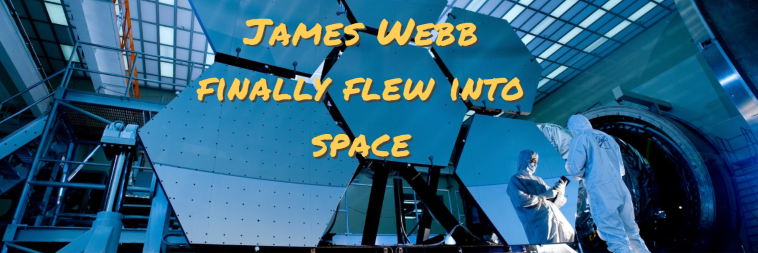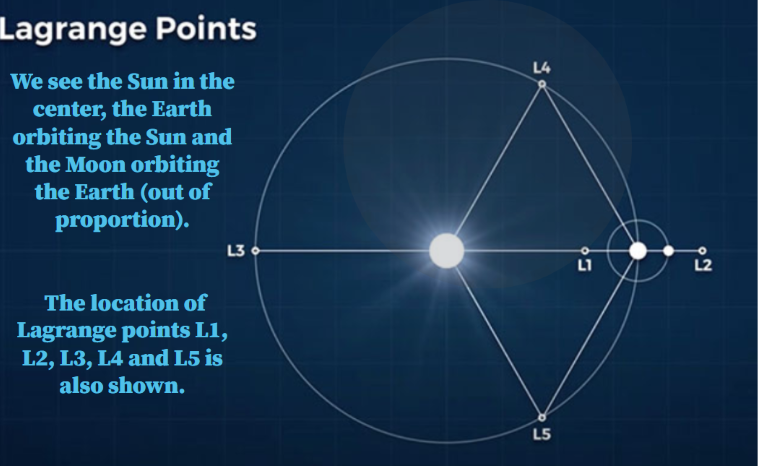James Webb finally flew into space

In the year 1995 we had a chance to watch the movie Golden Eye from the spy series about James Bond. The following year, 1996, the development of another Golden Eye began – the James Webb Telescope. Today, on December 25, 2021, we welcomed its successful launch. Where did it go and what will it do in the coming days?
Lagrange Points
James Webb headed to Lagrange Point L2. In 1772, the Italian-French mathematician Lagrange worked on the famous problem of three bodies and discovered points in the space between two bodies in rotation, in which an object can stand in the same position relative to those two bodies because gravitational and centrifugal forces are canceled.
– The L1 point is between the Earth and the Sun and is a great place for satellites to observe the Sun. It houses the Solar and Heliospheric Observatory (SOHO).
– The L2 point is on the opposite side from L1, in the apparent shadow of the Earth, and is an ideal place for telescopes such as the James Webb.

– The L3 point is on the opposite side of the Sun and the question is whether we will use it for anything. Maybe in the future, by placing two identical telescopes, one at the L2 point, the other at the L3 point, we will be able to observe the whole sky at any time. An additional complication is that there is no possibility of direct communication with the satellite at that point, but it is possible with an auxiliary satellite at points L4 or L5.
– L4 and L5 are the two remaining Lagrange points.
Unpacking the Webb telescope
The process of unpacking the Golden Eye will begin after the launch, by opening the solar panels and the communication antenna using simple and proven mechanisms. The most terrible events begin on the seventh day after the launch, on the way to L2.
Unpacking the telescope itself consists of 344 mechanical operations, of which 304 are critical. Keep in mind that this is 304 different chances to ruin 25 years of work and waste 10 billion dollars.
The 107 hooks that hold the sun visor should be released one by one, allowing the motors, cables, brackets, springs to stretch the shield into the exactly intended shape. This process will take 3 days and ends with fixing the shield. This is followed by the opening of the two wings of the telescope.
The journey to the L2 point is expected to take about 30 days. Adjusting the mirrors and instruments will take several months, so the first pictures are expected in 6 months. We have been waiting for the Golden Eye for over two decades. I guess it’s not bad if we must wait for another 6 months, just for all the phases to go as smoothly as the launch and leaving the Earth’s orbit.
Want to read more about the universe? Visit our blog!

